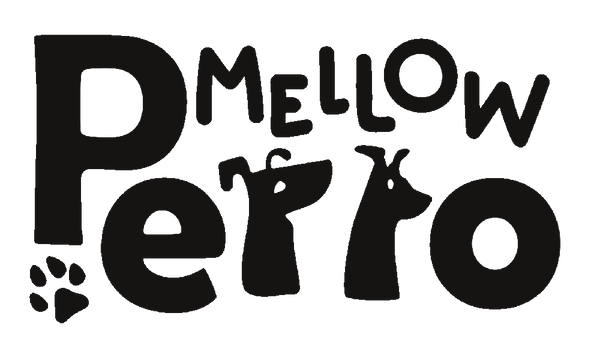
Feeding raw food diets to pets has gained popularity in recent years. Advocates claim numerous benefits, while skeptics express concerns about safety and potential risks. This comprehensive guide will explore the Raw Food Diet for Pets: Pros, Cons, and Safety Guidelines. Let's delve into the details of this controversial topic and provide you with valuable insights to make an informed decision for your beloved furry friends.

What is a Raw Food Diet for Pets?
A raw food diet for pets, also known as a "BARF" (Biologically Appropriate Raw Food) diet, involves feeding animals raw, uncooked ingredients such as meat, bones, organs, fruits, and vegetables. The concept is rooted in the idea that this diet mimics what animals would eat in the wild, promoting overall health and longevity.

The Pros of a Raw Food Diet for Pets
Feeding your pets, a raw food diet comes with several potential benefits: 
- Improved Digestion and Nutrient Absorption
Raw food diets usually lack artificial additives and preservatives, making them easier to digest for pets. Additionally, the natural enzymes present in raw food can aid in better nutrient absorption. - Enhanced Dental Health
Chewing on raw bones can help clean pets' teeth, reducing the risk of dental issues like plaque and tartar buildup. - Shiny Coat and Healthy Skin
A well-balanced raw food diet can contribute to a glossy coat and healthier skin for pets, thanks to the abundance of essential fatty acids. - Increased Energy and Vitality
Advocates of raw food diets often report that their pets show increased energy levels and vitality, leading to a more active lifestyle. - Better Weight Management
Since raw food diets focus on whole, natural ingredients, it may be easier to maintain healthy body weight for pets. - Allergy and Sensitivity Relief
Some pet owners find that switching to a raw food diet helps alleviate allergies and sensitivities their pets may have had on commercial pet foods.
The Cons of a Raw Food Diet for Pets
While there are potential benefits, it's essential to consider the drawbacks as well: 
- Risk of Nutritional Imbalance
Preparing a balanced raw food diet can be challenging. Without proper planning and supervision, pets may lack essential nutrients, leading to nutritional imbalances. - Potential Foodborne Illness
Feeding raw meat poses a risk of bacterial contamination, such as Salmonella or E. coli, which can be harmful to both pets and their owners. - Bones and Choking Hazards
Although raw bones can be beneficial for dental health, they also present a choking hazard and the risk of internal injuries if not fed properly. - Time-Consuming and Costly
Raw food diets may require significant time and effort to prepare and can be more expensive than commercial pet foods. - Zoonotic Disease Transmission
Some diseases present in raw meat can be transmitted to humans, especially those with weakened immune systems, young children, or elderly individuals. - Difficulty in Transitioning
Some pets may find it challenging to adapt to a raw food diet, leading to digestive issues or refusal to eat.
Safety Guidelines for Feeding a Raw Food Diet to Pets
To ensure a safe transition to a raw food diet, follow these guidelines: 
- Consult with a Veterinarian
Before making any dietary changes, consult your veterinarian to discuss your pet's specific needs and get personalized advice. - Balance and Variety
Aim to provide a balanced diet with a variety of protein sources, organs, fruits, and vegetables to ensure nutritional adequacy. - Food Quality and Handling
Source high-quality, human-grade ingredients, and handle raw food with care to minimize the risk of contamination. - Slow and Gradual Transition
Introduce the raw food diet slowly, mixing it with your pet's current food, and monitor their reaction and health during the transition. - Monitor Your Pet's Health
Keep a close eye on your pet's overall health, coat condition, energy levels, and stool quality to ensure the diet suits them. - Regular Vet Check-ups
Schedule regular check-ups with your veterinarian to assess your pet's health and adjust if necessary.
Feeding a raw food diet to pets can be a contentious topic, with both advantages and potential risks to consider. The Raw Food Diet for Pets: Pros, Cons, and Safety Guidelines aims to provide you with a comprehensive understanding of this dietary choice. Remember, each pet is unique, and what works for one may not work for another. Always prioritize your pet's health and well-being and seek professional advice to make the best decision for your furry companion.



